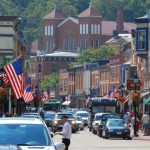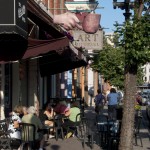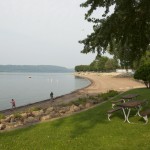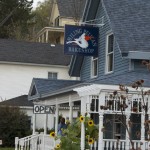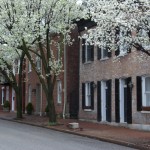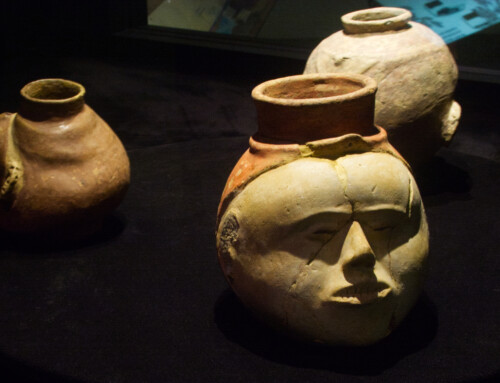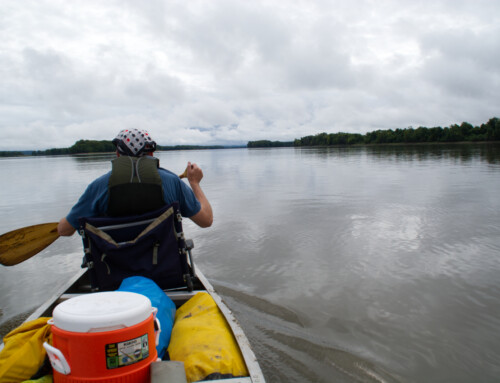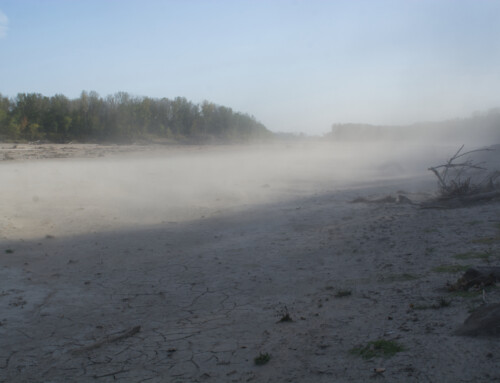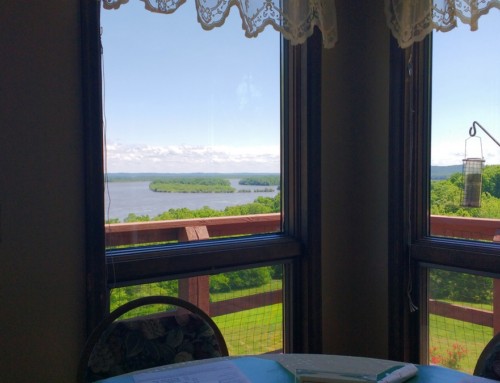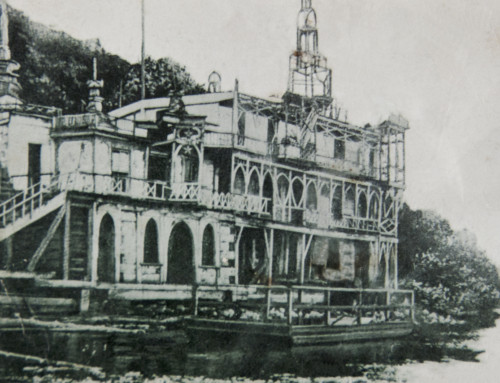My brother, Kevin Klinkenberg, is an urban planner, which pretty much makes me an expert in urban planning, too. OK; not really, but it does explain why I sometimes write pieces about development issues for river towns. Many of those towns are struggling, have been struggling for a while, but they have rich and varied histories and are home to dedicated and talented people. They also have the Mississippi River at their front door, which should be a source of some hope. Unfortunately, many river towns turned their backs on the river and, in the process, on much of their history, and started developing into generic places with fewer and fewer defining characteristics. They lost their sense of place.
Kevin recently wrote a piece about the need for architects to stay rooted in place as they design, to really understand the context in which their buildings will be erected and the impact those buildings will have on the community. The same basic concepts, staying rooted in place, should also apply to city managers, council members, mayors, and anyone else trying to bring better fortunes to river towns.
River towns share many identities. Most have been affected by the same historical and cultural factors (rise and fall of steamboats, transition to rail hubs, rise and fall of manufacturing, the influx of people from a variety of backgrounds), but these forces didn’t impact every community in the same way. The cities and towns along the river that will thrive, and those that are already doing reasonably well (e.g., Galena, IL; Dubuque, IA; La Crosse, WI) have an identity, obvious signs of who they are and how they differ from other places.
Other towns have been taking steps to highlight their history and identity. Fulton, Illinois, for example, built an authentic Dutch windmill on their riverfront. If you’re traveling by river, it’s really hard to miss. You also know something right away about the city’s roots. In Muscatine, Iowa the 28-foot tall sculpture of a clammer (Mississippi Harvest by Eric Blum) also gives a good clue about that city’s identity. Little Falls, Minnesota saved the ruins of the old Hennepin Paper Mill, creating a beautiful riverside sculpture garden while preserving the memory of an early industry that helped to shape the city.
Many river towns, though, don’t do a good job of this. Here are a few guiding principles to help get back on track.
Celebrate your history
Reacquaint yourselves with the people and events that shaped your community. Honor them in some way, whether through art like Muscatine, a festival (National Luxembourg Day in St. Donatus, Iowa), large public murals, whatever. Keokuk, Iowa has its own Rosa Parks, a woman named Charlotta Pyles whose life the city should celebrate. Nauvoo, Illinois has a rich and complicated history whose stories need to be told; all of them. Find a way. Show off your history.
Restore the link between the riverfront and downtown
A big part of every river town’s history is obviously the Mississippi River, yet many continue to segregate the riverfront from the rest of the city. In most communities, downtown areas were right next to the river, for obvious reasons. Over time, many communities have created barriers between the two areas, usually by ramming a wide road between them. Hey, Bemidji: insist on narrowing that road that divides downtown from beautiful Lake Bemidji. A stoplight doesn’t make a five-lane road pedestrian friendly.
To do well, river towns have to restore the link and make it easy to walk back and forth. Riverfronts, especially beautiful ones, attract people to them; many folks will stop to check it out. If it is easy for them to walk over to the business district, too, many will do that, too. Reconnect the riverfront with downtown.
Historic preservation
Those old buildings are an expression of your city’s identity, not obstacles to progress. Every time you lose one, you lose another part of what defines who you are. Make it a priority to save those structures and put them back into service. There are many reasons for this, but, if all you care about is money, historic preservation is a good economic development tool and central to sustainable development. Besides the economic reasons, most modern construction fails to match the beauty and durability of older structures. Make preservation a priority.
Value small business
Every now and then I read a story about a river town that is trying to attract a franchise hotel or chain retailer. Instead of giving a big tax break to another big box store along the bypass or courting a franchise hotel, target your limited tax incentives at growing locally-owned small businesses. Offer incentives to open in the historic core. Give residents and visitors a reason to spend more of their money at smaller businesses. It keeps more money in the community and encourages development of a merchant class that is key to the success and stability of any city. Instead of building a franchise hotel that looks like every other franchise hotel, support the development of a few small inns, especially in the center of town (where many communities have old buildings they are trying to redevelop, anyway). Smaller inns close to downtown and the river get visitors in the community instead of treating it as a rest stop. Support small businesses.
Make it beautiful
We underestimate the importance of beauty in our lives, especially in what we build. A few quick fixes can make a big difference (a coat of paint, fixing pot holes, collecting trash), but ultimately, it’s about insisting that the people who build and maintain our structures value beauty, too, even if we have to force them to do it. Beautiful riverfronts and attractive buildings downtown will draw people in. Make it beautiful!
If you want to read more, Kevin writes regularly about how modern architecture has screwed up cities and what needs to happen to turn things around. In a similar vein, Chuck Marohn writes the Strong Towns blog about how engineers (and their enablers) have screwed things up, too. Both are working hard to overturn decades of faulty beliefs and bad practices that have damaged our cities, large and small.
Change may be inevitable, but decline isn’t. We can’t afford to keep trying the same failed ideas. It’s time to challenge the status quo if we are going to save our river towns.
- Galena, IL Main Street
- De Immigrant windmill; Fulton, IL
- Beauty: Lake City, MN riverfront
- Small business: Smiling Pelican Bakery; Maiden Rock, WI
- Preservation: Soulard neighborhod; St. Louis, MO
© Dean Klinkenberg, 2013
Community-supported writing
If you like the content at the Mississippi Valley Traveler, please consider showing your support by making a one-time contribution or by subscribing through Patreon. Book sales don’t fully cover my costs, and I don’t have deep corporate pockets bankrolling my work. I’m a freelance writer bringing you stories about life along the Mississippi River. I need your help to keep this going. Every dollar you contribute makes it possible for me to continue sharing stories about America’s Greatest River!
